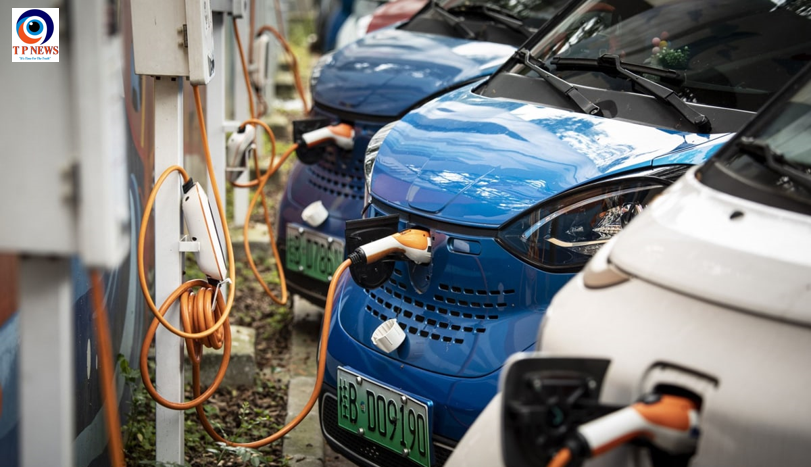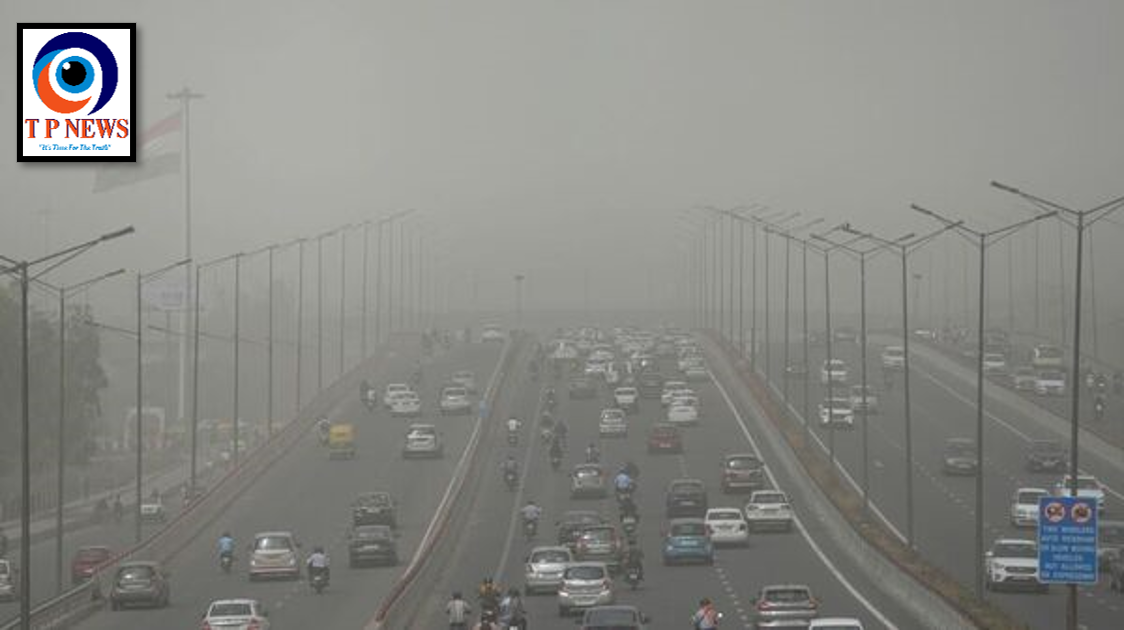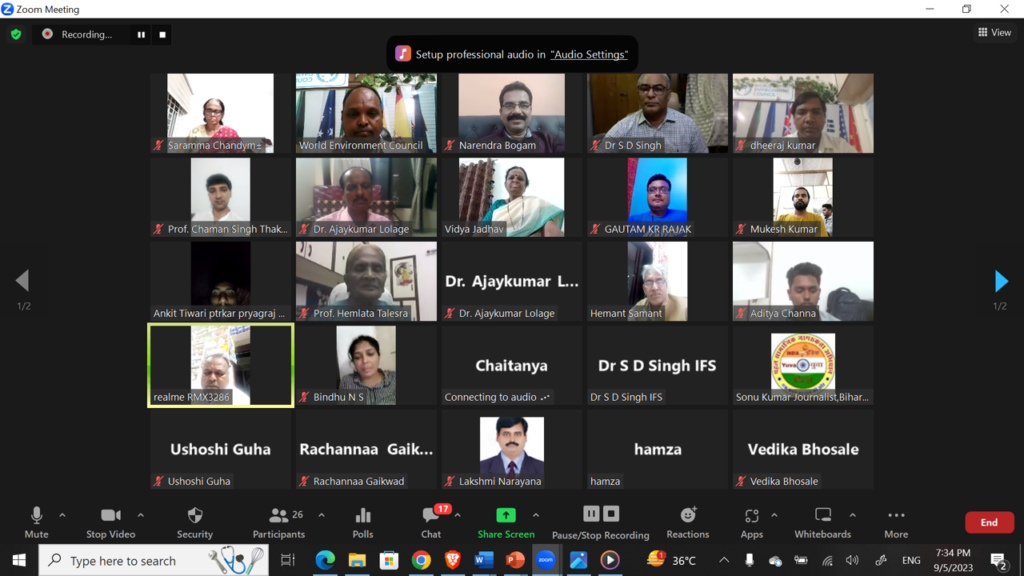On the occasion of World Water Day 2024 this article by Prof. Ganesh Channa (President World Environment Council) Water is one of the most vital resources for life on Earth, yet its availability and quality are increasingly under threat, giving rise to a global water crisis. This crisis stems from a combination of factors including population growth, climate change, pollution, and unsustainable water management practices. In this article, we delve into the current challenges and trends in water availability and quality worldwide.
Water Scarcity:
One of the most pressing issues facing the world today is water scarcity. With the global population expected to reach nearly 10 billion by 2050, the demand for freshwater is rapidly outpacing its supply. According to the United Nations, more than two billion people currently live in countries experiencing high water stress, and this number is expected to rise.
Climate Change Impact:
Climate change exacerbates the water crisis by altering precipitation patterns, increasing the frequency and intensity of droughts and floods, and melting glaciers and ice caps. These changes disrupt the water cycle, leading to uncertainty in water availability and distribution. Regions that rely on seasonal rainfall for agriculture and drinking water face heightened risks, exacerbating food insecurity and threatening ecosystems.
Water Pollution:
Water pollution poses a significant threat to both human health and the environment. Industrial discharge, agricultural runoff, untreated sewage, and plastic waste contaminate rivers, lakes, and oceans, rendering water sources unfit for consumption and recreation. Polluted water not only jeopardizes human health through waterborne diseases but also harms aquatic ecosystems, leading to declines in biodiversity and ecosystem services.
Groundwater Depletion:
Excessive extraction of groundwater for agriculture, industry, and municipal use is depleting aquifers faster than they can recharge. This overexploitation of groundwater leads to land subsidence, saltwater intrusion in coastal areas, and the loss of vital ecosystems such as wetlands. Groundwater depletion also undermines the resilience of communities during droughts, as they rely on groundwater as a buffer against water scarcity.
Urbanization and Water Stress:
Rapid urbanization exacerbates water stress in cities, as growing populations increase water demand for drinking, sanitation, and industrial purposes. Many urban areas face challenges in providing safe and reliable water supply and sanitation services to all residents, leading to inequalities in access to clean water and sanitation facilities. Informal settlements often bear the brunt of inadequate water infrastructure, heightening health risks and social disparities.
Water Governance and Management:
Effective water governance and management are essential for addressing the global water crisis. Integrated water resource management approaches that consider the interconnectedness of water systems, ecosystems, and human activities are crucial for sustainable water use. Promoting water conservation, improving water infrastructure, implementing water-saving technologies, and enhancing water governance frameworks can help mitigate the impacts of the water crisis and build resilience to future challenges.
International Cooperation and Partnerships:
Given the transboundary nature of many water resources, international cooperation and partnerships are vital for addressing the global water crisis. Collaborative efforts among governments, stakeholders, and communities can promote equitable and sustainable water management practices, facilitate knowledge sharing, and mobilize resources for water-related projects and initiatives.
In conclusion, the global water crisis presents complex challenges that require urgent and concerted action at local, national, and international levels. By understanding the current trends and challenges in water availability and quality, we can work towards sustainable solutions that ensure water security for present and future generations. From conservation and pollution prevention to equitable access and governance reforms, addressing the global water crisis requires collective efforts and commitment to safeguard this precious resource for all.














